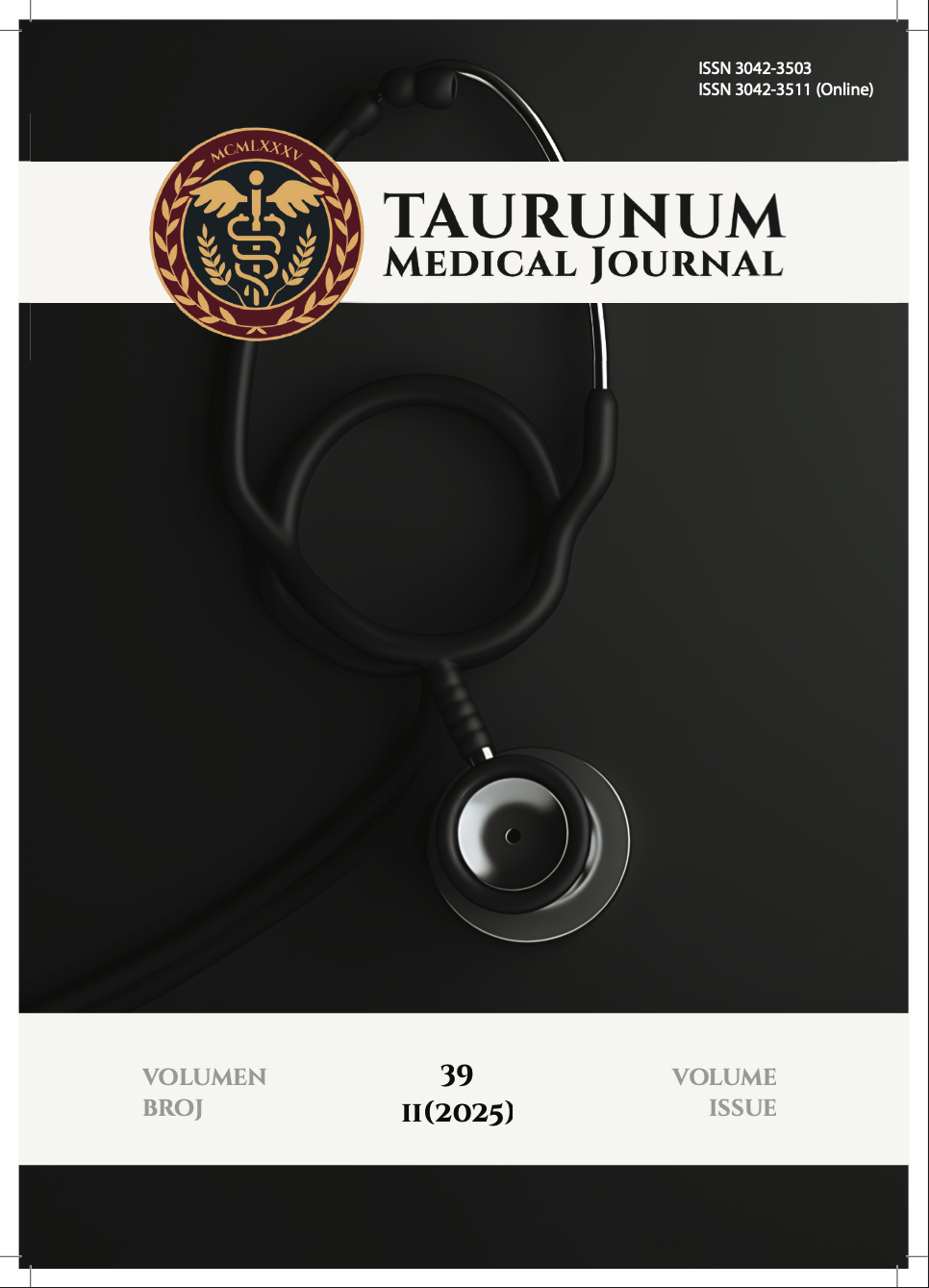
More articles from Volume 34, Issue 1, 2018
An immunohistochemical analysis of angiogenic profile in T1 bladder cancer with concomitant carcinoma “in situ”
Crosstalk between NCAM/FGFR and TGF-beta signalings: an in vitro study and evaluation of human kidney biopsies
Primary sinovial sarcoma of the lung - a case report
Hyperostosis frontalis interna: case report
Proliferation marker Ki-67 in early breast cancer
Article views
What have I learned about lung transplantation?
Pathology Department, Medical Faculty Novi Sad Serbia
Institute for pulmonary diseases of Vojvodina , Sremska Kamenica , Serbia
Published: 01.04.2018.
Volume 34, Issue 1 (2018)
pp. 96-98;
Abstract
Lung transplantation remains the definitive treatment for end-stage lung diseases and an option when
medical and surgical care has been exhausted. The first human single lung transplant was performed in
1963, and the patient, survived for 18 days. From 1963 to 1978, multiple attempts at lung transplantation
failed because of rejection and problems with anastomotic bronchial healing. It was only after the invention of the heart-lung machine, coupled with the development of immunosuppressive drugs, that organs
such as the lungs could be transplanted with a reasonable chance of patient recovery. The first clinically
successful long-term single lung transplant was performed in 1983, and since then over 25,000 lung transplants performed worldwide.
References
Citation
Copyright
This is an open access article distributed under the Creative Commons Attribution License which permits unrestricted use, distribution, and reproduction in any medium, provided the original work is properly cited.
Article metrics
The statements, opinions and data contained in the journal are solely those of the individual authors and contributors and not of the publisher and the editor(s). We stay neutral with regard to jurisdictional claims in published maps and institutional affiliations.




